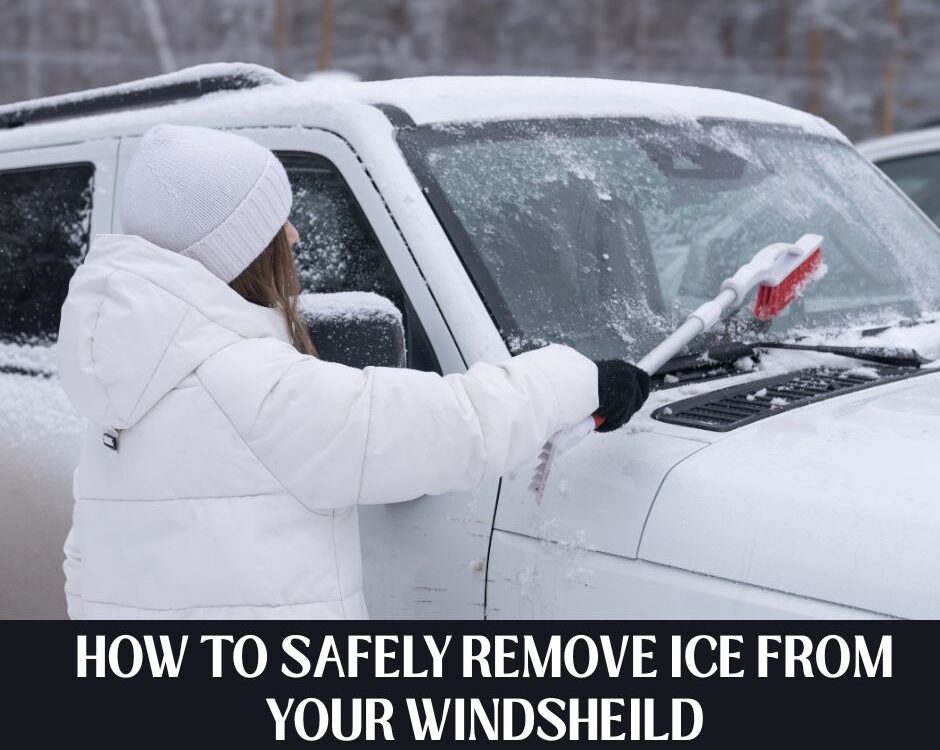What is a Safe Driving Distance?

3 Typical Causes of Plantar Fasciatis
October 18, 2024
Ankle Injuries and Motor Vehicle Accidents!
October 18, 2024- Accident doctor
- accupuncture
- airplane headache
- alzheimer's
- best habits
- Brain Injuries
- car accident
- car accidents
- cervical strain
- colds
- concussion
- Concussions
- disc bulge
- dosage meds
- dry needling
- dull pain
- E bike injuries
- florida
- good posture
- headaches
- Headrest positions
- Headrest positions after an accident
- Healthy choices
- Healthy flying
- healthy gift guide
- Healthy SPring Ideas
- hip pain
- hyperextension
- injury doctor
- insurance
- Kayaking
- kentucky
- kids motion sickness
- lifestyle
- motion sickness
- neck injury
- no fault insurance doctor
- noise healing
- osteoporosis
- pain symptoms
- pink noise
- posterior chain
- posture
- prevent osteoporosis
- Rest
- Scoliosis
- shoulder pain
- Stress with kids after a motor vehicle accident
- TBI
- tips
- tmj
- torn muscle
- Traumatic Brain Injury
- trigger points
- VitaminD
- What are Post Traumatic headaches?
What Is a Safe Driving Distance to Help Avoid Motor Vehicle Accidents?
Keeping a safe driving distance is one of the easiest ways to help avoid motor vehicle accidents (MVAs). In 2019 the National Transportation Safety Board (NTSB) reported that rear-end MVAs accounted for 29% of all crashes in the United States. Tailgating contributes to this, but everyone’s version of tailgating is different, and as a father watching my oldest learn to drive, it is even more important to understand the concept. I am Dr. Aaron Workman of Chambers Medical Group, one of the highest rated car accident medical care programs in Kentucky, and understanding the keys of driving distances may help you not be part of the 29%, so let us go over what to do.
What are we talking about?
A safe driving distance is the space between the front of your vehicle and the rear bumper of the vehicle in front of you. This is the imaginary cushion you have before two objects meet. This is also the distance you have to react to other people’s distractions while driving. If both drivers are distracted, then this distance becomes even more important. The ideal distance can vary depending on road conditions, speed, weather, experience, and vehicle type.
The Rule
The 3-second rule is simple and something you can immediately apply. Next time you are driving, note when the car in front of you passes a particular stationary object (pole, sign, guard rail), count the seconds it takes for your vehicle to reach that same point. If it takes at least 3 seconds, you are maintaining a safe distance under normal driving conditions. There are several different things that can alter how much distance you need to maintain between your vehicle and the one in front of you.
- Speed: As your speed increases, you need more time to stop, so the gap between you and the car in front should increase. At higher speeds, such as on highways, you should increase the distance by adding a few more seconds. Faster driving requires more distance to react and slow down or even stop in case of an emergency or crash.
- Weather: Wet, icy, or snowy roads reduce your vehicle’s traction, making it harder to stop quickly. During the September and October months, the leaves fall off the trees and end up all over the road. When you add wetness to the leaves you end up in a very slick situation that requires longer stopping times. The extra room to stop will give you a lot more room for error.
- Size: Larger vehicles, such as trucks and SUVs, need more distance to stop compared to a smaller vehicle. If you are in a big vehicle with a trailer carrying extra weight you must increase the distance even more to account for the extra weight.
By practicing safe driving habits and keeping the right distance from other vehicles, you significantly reduce your risk of a motor vehicle accident. The only person responsible for your driving distance is you. Drive with patience and do not get pressured into tailgating because of other drivers. Maintaining this distance provides enough time to react to sudden changes on the road, keeps everyone safe, and helps prevent avoidable crashes. If you find yourself hurting due to an MVA, Chambers Medical Group can help.
— This article is written by Aaron Workman, DC, one of the members of Chambers Medical Group’s team of car accident chiropractors who offer a variety of treatments and therapies ranging from diagnostic testing to various soft tissue therapies for car accidents and injuries in Kentucky.
- Car Accident Medical Clinic in Tampa
- Car Accident Medical Clinic in Plant City
- Car Accident Medical Clinic in Brandon
- Car Accident Medical Clinic in Lakeland
- Car Accident Medical Clinic in Sarasota
- Car Accident Medical Clinic in Louisville
- Car Accident Medical Clinic in Lexington
- Car Accident Medical Clinic in Florence




